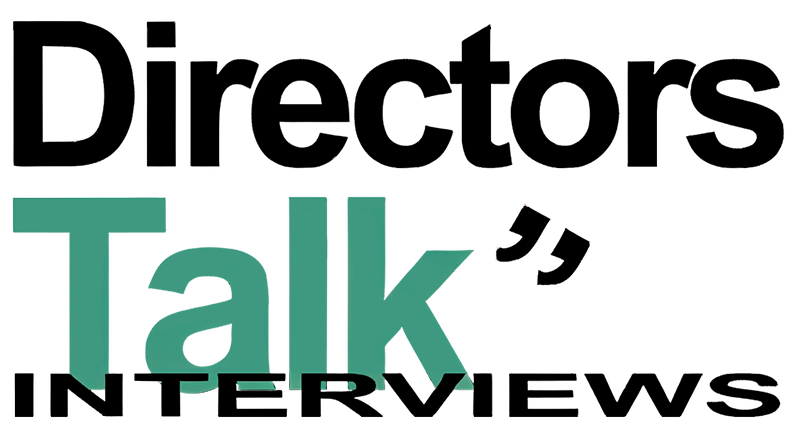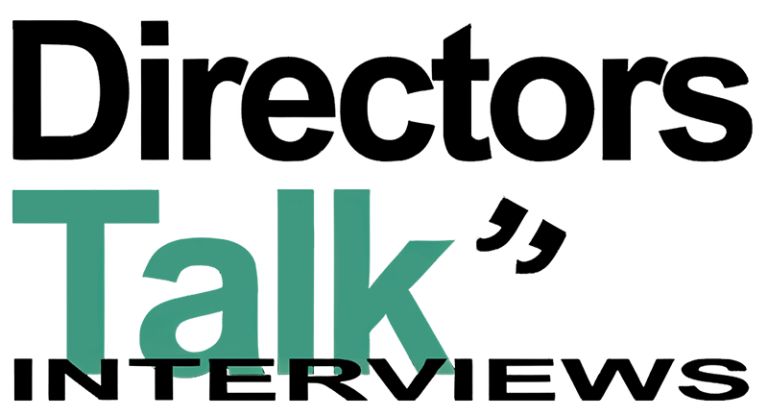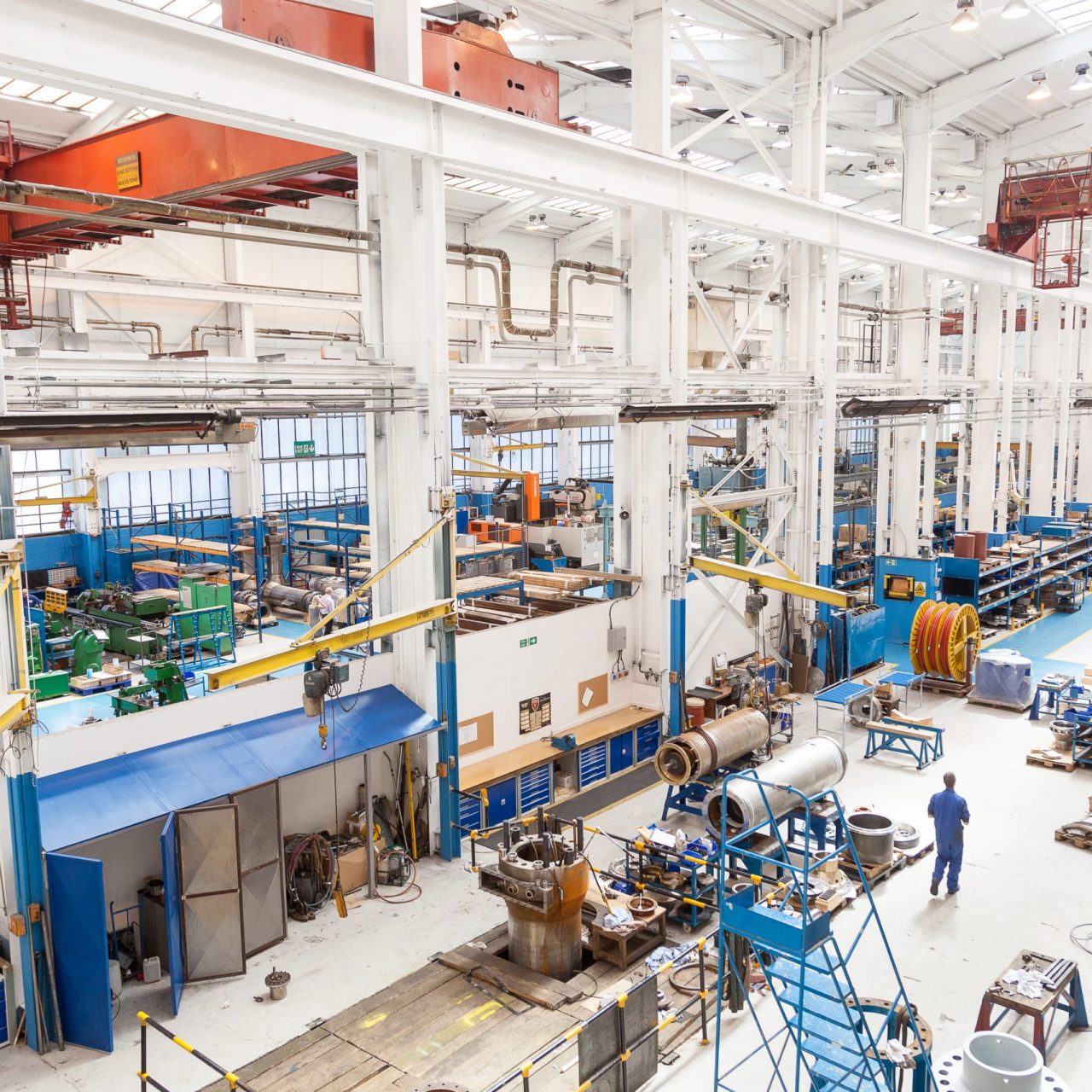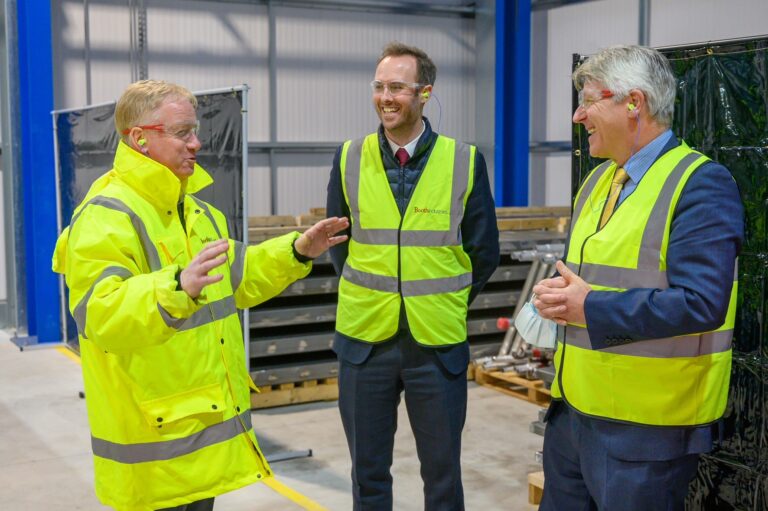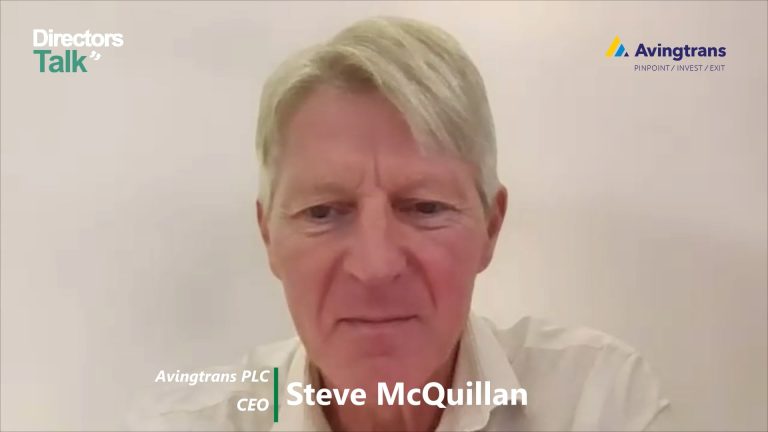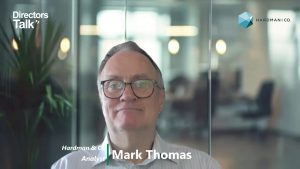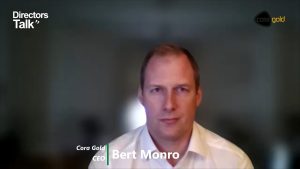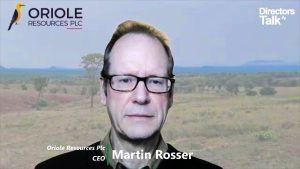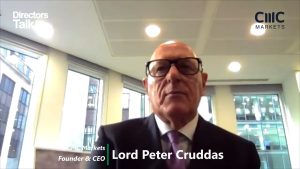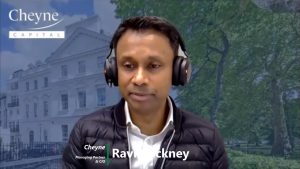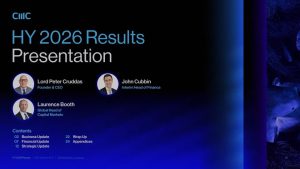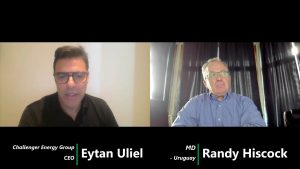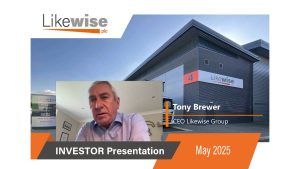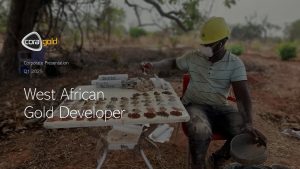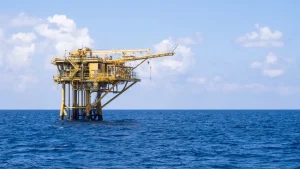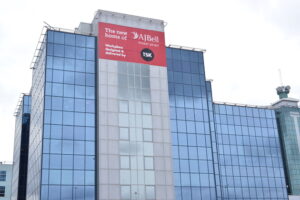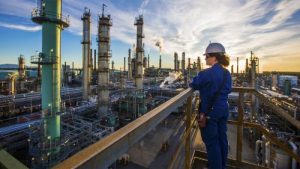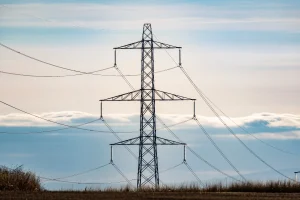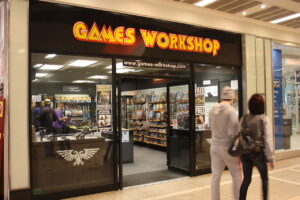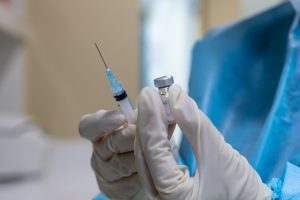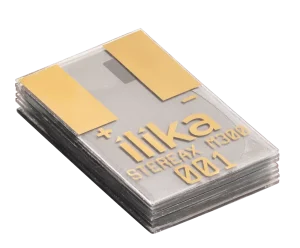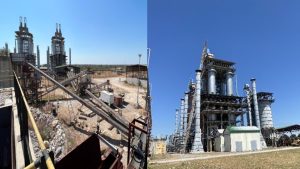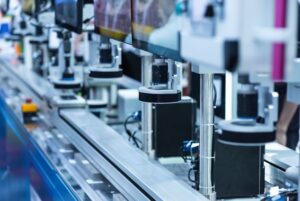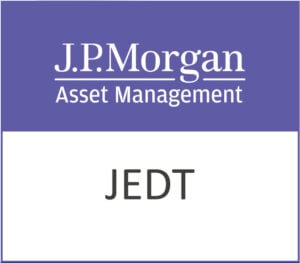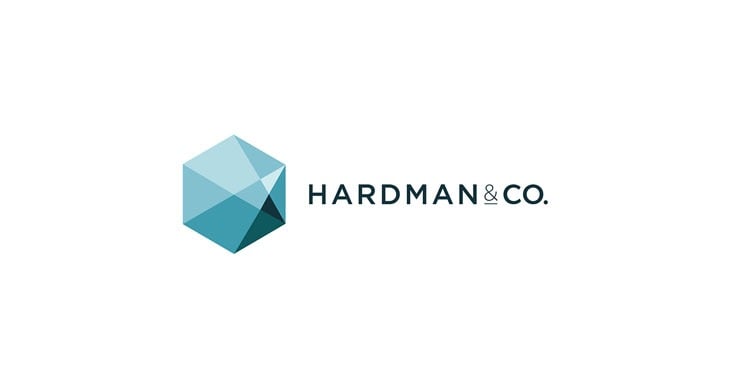Avingtrans plc (LON:AVG) Chief Executive Officer Steve McQuillan and Chief Financial Officer Steve King caught up with DirectorsTalk for an exclusive interview to discuss the financial highlights from their preliminary results, how the divisions are performing, potentially significant market opportunities in the medical market, the acquisition of Slack and Parr and Adaptix, £13 million in the bank and what investors can expect for the rest of the year.
Q1: First off, congratulations on a strong set of full-year results. Could you talk us through the financial highlights please?
A1: So, it was a good strong year. It was nice to be able to say again yes, we beat those expectations, not without challenges, I’m sure we’ll go through those but we beat those expectations by a little bit and that’s nice to say for probably the 10th year running so that’s great.
Overall, turnover was up a little bit more than we expected, partly that’s for three reasons. One was we had the small acquisition of HEVAC into Ormandy and that added about £3 million, for underlying growth was about 14.5%. We saw OE bounce back a little bit stronger than aftermarket but both showed strong growth of over 10% so that’s really good.
Also we had a little bit of that inflation factor of increasing in our prices which were able to pass on to our customers as some of our customers contracts have that inflator in there automatically, but it does take three or four months for them to answer the phone. So that’s the three elements.
As I say, OE was a little bit stronger which had a bit of a detrimental effect on overall gross profit margin but not on gross profits because it obviously increases, and you can see that AM went down from about 42.5% to about 40% overall, and in particular EPM went down from about 70% to about 67%. So small decreases but as I say, added to it overall and we’re really pleased that the adjusted EBITDA margin went up £1.3 million overall, again just a slight down tick about a percent on each of the divisions EBITDA margins.
We’re really pleased with that and also we left the year with £13 million of cash which we’re able to deploy, I’m sure you might have a question on that so back to you.
Q2: I’ll come back to that. Could you give us a brief breakdown of the main divisions and how they’re performing?
A2: Well, as I say, the two main trading divisions, we’ll come back to the medical bit, in the middle are Energy or EPM and PSRE, both showed strong growth in the year.
EPM, as I say, bounced back quite strongly but was strong with OE rather than AM. They have a lot of AM but with, as you’d expect, post-Covid people are getting a bit more confident spending on capital projects.
We saw some more higher level OE coming in but still profitable which was great and then in PSRE, we saw the HEVAC acquisition which added about £3 million but again underlying growth was over 10%.
Various things around those divisions, we had a very strong position with Sellafield at stainless metal crafts and that three meter cube box has gone from strength to strength.
Booth has gained again, the HS2 contracts that we’ve had in the press recently, that doesn’t affect us at all, we’ve only got a contract for the London to Birmingham end of it and there’s other opportunities for doors elsewhere in there, so we can see that as an opportunity in the short term.
As I said earlier, we bought HEVAC and that has been integrated really well and we’re starting to see strong propositions coming through from them.
We’ve recently seen an order from Poland but we haven’t even talked to the nuclear station for about 30 years and we’re seeing a lot more nuclear aftermarket coming through the same in particular in the US and in Europe so long may that continue.
Of course then there’s the next generation of product, in particular Terrapower which is the next gen nuclear reactor Bill Gates organisation over there, where we’ve got a very strong relationship with HDI and they’re developing molten salt pumps technology. You’ll probably see that we’ve put some costs of that onto the balance sheet because we believe that’s going to be a game changer.
Q3: You have been active in the medical division and you say that it’s ‘potentially significant market opportunities in the target imaging markets’, can you tell us more about that?
A3: So, what we’ve done is we’ve been continuing to invest in Magnetica during the year which is our startup business making novel MRI compact helium-free MRI systems, and that’s continued to develop its product towards launch later this year. We think still FDA approval in calendar Q2 of next year so that lets us start selling in America.
During the year, of course, we’ve also been investing Adaptix which is doing a very similar thing but an x-ray with a novel x-ray product. Post-year, we actually got the opportunity to buy Adaptix so we’ve bought the whole business now so we basically control both Magnetica and Adaptix.
Now, they’re following a pretty similar path targeting orthopaedics and also veterinary applications of the products. Adaptix have already got the 510k so they can now start to get sales in America and it’s all about ramping up volume in both cases. It’ll happen faster in Adaptix than it will in Magnetica because it’s a smaller simpler product in a sense.
It’s also about ramping up the sales channels, we’ve taken on a new sales director in America who’s very experienced in distribution channels, and he’s already started to get distributors on board. In fact the first distributor over there and will be a common distributor for both Magnetica and Adaptix, they’re very excited to get on board and start selling the product.
I suspect we’ll gate them for a while because we won’t be able to make enough product for them to sell in the very short term but we should hopefully get ahead of that over the next few months and then they’ll be able to start to sell volumes of the Adaptix product. It’ll be maybe another year or so before they can sell any volume of the Magnetica product because that’s a bigger product which is bigger and longer to build and it’ll take more time to get up to volume there.
However over the next couple years, we’re going to be investing quite a lot in those two businesses but we’re really excited about the potential that effectively in our share price for nothing at the moment and we can understand why some people see it that way, because they’re not making any money at the moment but the potential value is very significant.
We think it’s well worth investing in those two to get to our usual mantra of ‘if we can’t at least double your money then we won’t bother’ and in most cases we’re more than triple the money for everybody, and we can certainly see how we can triple our money that we’re investing in Adaptix and Magnetica if not more.
Q4: You’ve certainly had a busy post-year end, you’ve had the acquisition of Slack and Parr and the remaining shares in Adaptix, but what did they add to the group?
A4: For Adaptix, I say it’s very much complementary to Magnetica and we hope there’s going to be a one and one makes three there effectively by having them both under our wing and certainly looking encouraging in that respect from now.
We’re not sure yet whether we want to join them together fully, there are pros and cons to that but what they add is complementary technology going into medical imaging. There’s a lot of cost synergies between the two businesses in terms of routes to market, clinical pathways, regulatory work, clinical boards, customers that are similar, if not the same in a number of cases etc.
So, there’s a lot of synergy between the two there which means they can both help each other to be successful in the marketplace, again even if we don’t join them together fully which we may or may not do so that that’s what Adaptix brings to the party.
Slack and Parr is sort of the meat two veg for ourselves, actually the owner approached us to try to help them save them but unfortunately, they’ve got a very large deficit on their DV scheme and we basically couldn’t save them.
It is in very precise gears and motors, not quite the end customers that we normally deal with because they’re into textiles and things like that, they do precision pumps and motors for mixing things like spandex etc. It’s got all the attributes of a typical Avingtrans turnaround.
We wrote that we’re going to put in more commercials so they understand the market and we’ve been able to restructure, unfortunately it going through administration we lose the DB scheme and we’re bringing the Institute for Manufacturing in to help coach the team through the next successful couple of years.
It’s already looking very very strong but as a broken business, it will take a year to get back to strength I think, and probably from thereafter, it will be really additive to the EPM division.
Q5: You mentioned earlier the £13 million that’s in the bank, how do you plan to use that?
A5: You mentioned those two acquisitions Giles, you remember that it wasn’t all about just spending the cash, for example on the S&P half of the consideration cost was in taking on leases for the plant and machinery that they heavily invested in.
On the Adaptix side, obviously we issued some shares to the to the Adaptix shareholders, we repaid some debt so that was cash out but also we assumed some debt so it’s not all about that cash.
We’re working with our banking partners and strategic partners to ensure that we’re fully funded for the next two years as you’d expect, and we’ve got those funds in place as I say for the next two years.
Of course, there might be that opportunity to dispose of one of our businesses as they get to maturity, as you we’ve had most of those for three or four years and they are getting to that position and we have had incoming interest, unsolicited incoming interest should I say, so it just shows that they are attractive to trade buyers out there.
Q6: Just looking forward then, what can investors expect from Avingtrans for the rest of the year or so?
A6: I think the key is to digest what we’ve just bought, really in terms of Adaptix and Slack and Parr, and get them in shape over the course of this next year, and in Adaptix and Magnetica’s case, further investment the following year, before they get towards a cash pre-keeping position.
Also, as Steve he says, potentially, certainly the next two years if not this year, for us to do a divestment of one or another businesses that are getting to a maturity point where that’s feasible.
Once we’ve fully integrated Adaptix and Slack and Parr then obviously we’re potentially ready to go again on another acquisition. It’s likely we’d like to do a disposal before any significant acquisition comes down the path as again, never say never, but its’ quite likely we’ll do a disposal first before we buy anything major. If another little morsel comes along like HEVAC for Ormandy or any other business then we’d be interested in that, but otherwise I think we now need to just integrate what we’ve got for this year and then go again probably next year.
